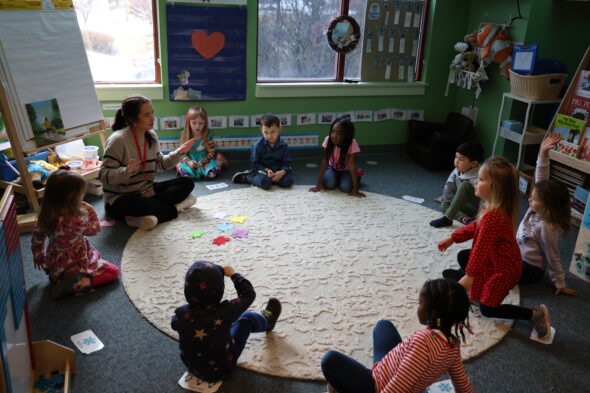Pre-K
Prekindergarten (Pre-K)
Pre-K is a state-funded program for 3- and 4-year-old children. The overall goal of Pre-K is to provide high-quality learning experiences to help children develop and maintain the skills, knowledge, and behaviors necessary to be successful in school.
The program’s goal is being achieved by providing appropriate experiences that address the needs of young children in the areas of language and literacy, mathematics, social foundations, science, social studies, fine arts, and physical well-being and motor development.
Children must be three years old or four years old by September 1st of the current school year for which they are enrolling. Acceptable age documentation could include the following:
- Birth Certificate
- Valid Unexpired Passport
- Physician certificate
- Hospital Certificate (proof of live birth) with the name of the child and parent
- Parents’ notarized affidavit
- Baptismal or church certification
- Birth Registration, or other legal or notarized identification for the child’s identity and date of birth verification
Under the Blueprint for Maryland’s Future, children from families with annual incomes at or below 300% of the Federal Poverty Level (FPL) are eligible for publicly funded, full-day Pre-K at no cost to the family.
Local school systems are required to develop their own policies and procedures for implementing prekindergarten programs in accordance with state regulations.
Contact your neighborhood elementary school to ask questions or enroll your child.
| Household/ Family Size | 300% Family Poverty Level |
|---|---|
| 2 |
$61,320
|
| 3 | $77,460 |
| 4 | $93,600 |
| 5 | $109,740 |
| 6 | $125,880 |
| 7 | $142,020 |
| 8 | $158,160 |
| 9 | $174,570 |
| 10 | $190,440 |
| 11 | $206,580 |
| 12 | $222,720 |
Types of Pre-K Programs
Every child and family is unique. Picking the right pre-K program for your child is a big choice. Think about your schedule, your child’s personality, and the resources offered by each type of Pre-K. Each type has special benefits that might work best for your family. Here are the main types of Pre-K programs and why families may choose them.
- Elementary schools (including charter schools)
- Family child care homes
- Center-based child care programs
- Faith-based, private schools, and stand-alone preschools




